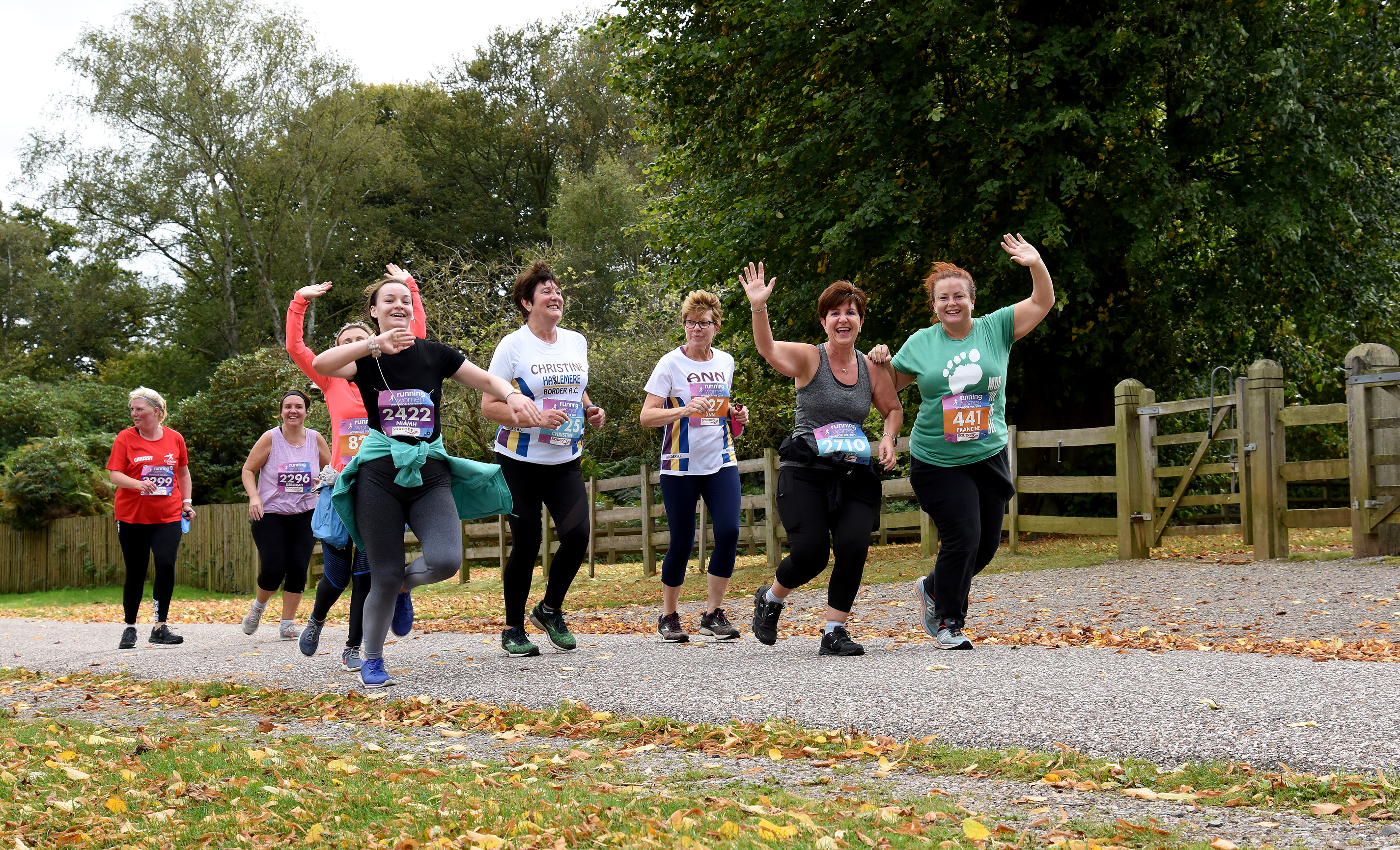How To Build On Your Winter Training Base
Spring is here – it’s time to consolidate your winter training to get fitter, faster and stronger.
Does anybody truly enjoy training over Winter? It’s cold, wet, and gets dark early. Your running laundry pile is constantly overflowing with leggings and long sleeved tops. Winter running is a slog, but you did it!
And now it’s time to give yourself a pat on the back for all the hard work and consistency from November until now. An entire Summer of running is around the corner, but first we have to assess and plan.
It’s always a great idea to get strategic about training. Before you create your Spring training plan, why not look back over your Winter workouts. You’re looking for improvements, strengths, and progress – but also areas of weakness. This is not about beating yourself up (we’ve all done our very best over Winter!) It’s about spotting opportunities for improvement.
10 questions to review your Winter running
- How often did you run?
- Were you consistent or did you have weeks off?
- What types of sessions did you do?
- How regularly did you do those different sessions?
- What was your total, monthly, weekly mileage?
- What was your longest run?
- Did you race (if so, what were your times?)
- Did your pace improve, stay the same, or drop off?
- How was your recovery, injury level, and sleep?
- Anything else to note: nutrition, energy, enjoyment and enthusiasm for running.
Your success and weakness checklist:
Now you have the stats and data to hand, you can identify how you improved over Winter – and where you can target your efforts in the coming months. Start by getting honest about your key running goal for Spring/Summer. Do you want to get faster? Work on distance and endurance? Focus on races and aim for a PB? Or switch modalities and do more trail or track running?
How to design a plan for Spring:
Your Spring training plan will be guided by your key goal, and your assessment of Winter training wins and losses. We’ll give you some examples below so you can start to plan your own Spring goals. But what if Winter was a washout and running took a backseat to work, family, or illness? First things first – don’t feel bad about it. You did your best with the time and energy you had. Second – this is all about assessing where you’re at so you can look ahead with a realistic plan. If you haven’t run for months, that’s your start point. Plenty of opportunity for progress!
3 key areas to focus on:
Get faster :
If your Spring/Sumer running goal is pace and speed, the key metric to look at is your average pace over Winter training runs. What is your base pace, your 10K pace, and your 5K pace right now? If your pace improved over Winter, what were the contributing factors? If it stayed the same or got slower, which key sessions did you not do?
With this information, you can design a training plan that features key speed sessions like tempo runs, sprint intervals, and longer intervals – with regular testing.
Run more often:
If your Winter training was erratic, you could simply aim to run more often. After all, consistency is absolutely key for any other fitness goal. Take a look at your Winter training data for an honest look at your training patterns. Were you running consistently (but low volume)? Or was your consistency all over the place, with several runs in a week and then three weeks of nothing?
Take a look at your calendar for the next 8 weeks and be realistic about how often you can run. Aim for the lowest number you know you can achieve. Ticking off two runs a week will be much more rewarding than aiming higher and failing to get it done.
Build endurance:
Endurance is always a great running goal – whether you want to seriously increase your distances, or get more comfortable at the distances you’re already running. Look over your Winter training data for weekly and monthly mileage, longest runs, and frequency of long (45 minutes+) runs. Also look for information about recovery, soreness, and energy for those long runs.
From here, you can design a training plan that features more mid- and long-distances runs to get miles under your belt. Remember to include deload weeks so you build up the distance with progressive overload.
Don’t forget to enter some races this year – there’s no better way to see improvements!
Windsor Women’s 10k Saturday 28th September 2024 Click here to enter today
Similar Posts:
- How To Build On Your Winter Training Base
- Train For Your First Sub-60 10K
- Speed Work To Boost Your Running Pace
- How to set out your Spring training plan
- How To Structure A 10K-Training Week
- Training Tips For Your First 10km Race




Add Comment